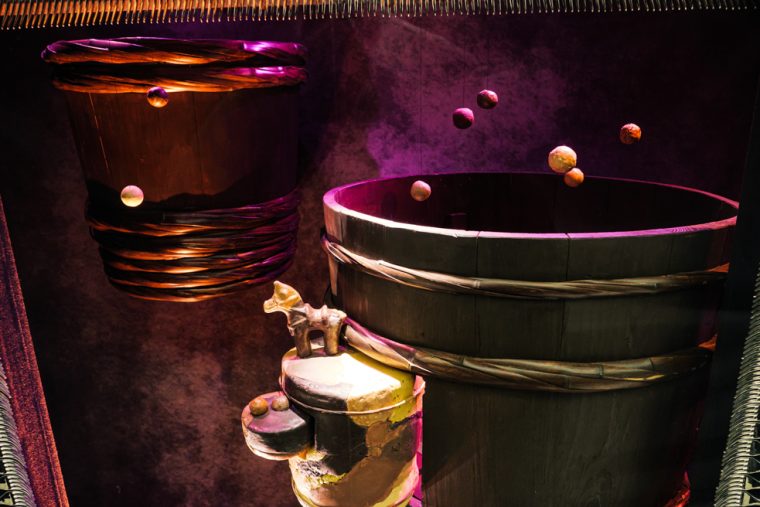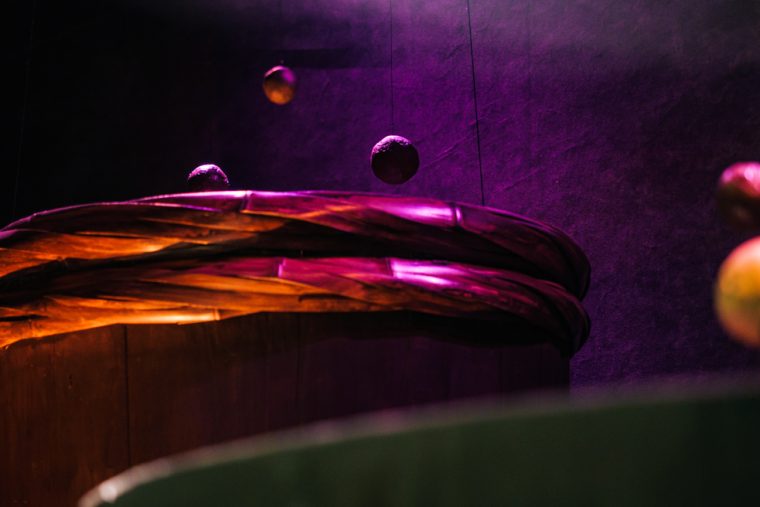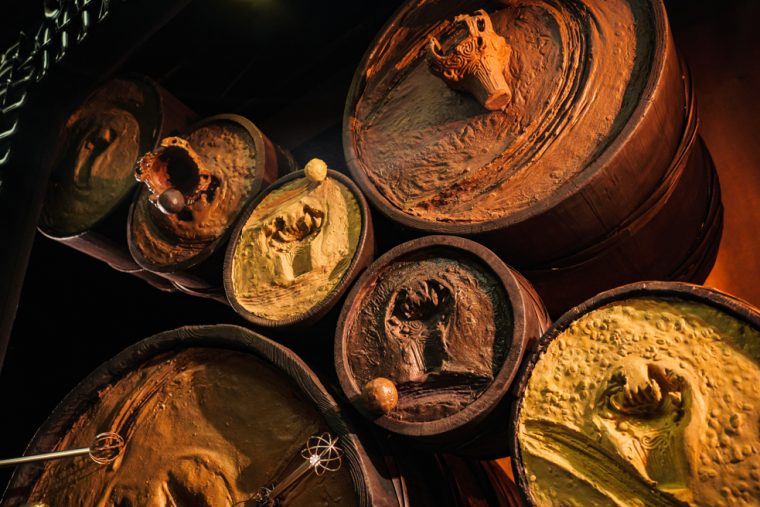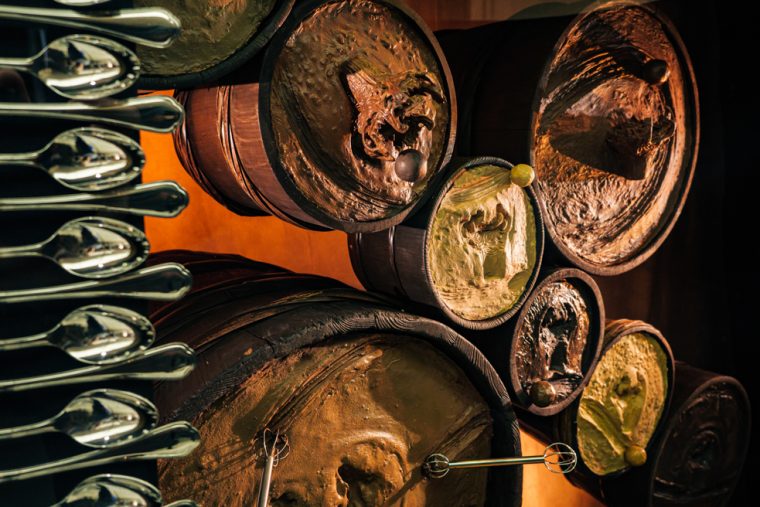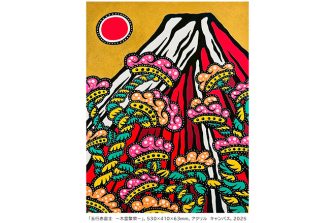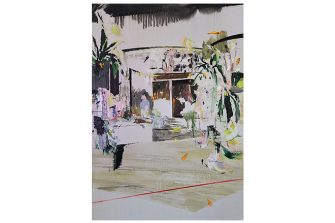
Early Spring 「味噌モザイク:風味の民藝」 Early Spring 「"Miso Mosaic: A Folk Art of Flavor "」
Show Window
味噌作りと土器作りには、異なる分野ながら、どちらにも人間の手仕事と自然の力の協業で作られ、多様であるという共通点があります。
伝統的な味噌作りでは、蒸した大豆や麦などの原料に、麹、塩を手で揉み込みます。手に存在する乳酸菌や酵母などの常在菌は、味噌を良好に発酵させ、風味を独特のものにする重要な役割を果たします。
一方土器も、手作業で土を練って形を整え調理器としての機能を完成させ装飾を施します。仕込みと成形の後は、「発酵や焼成」という「自然の力」に委ね時間をかけて完成させます。
また、味噌も土器も、その土地で採れる原料を使い、その風土に適した発酵と焼成の技術によって、土地の文化が反映された、個性豊かな味噌と土器が日本各地に存在します。
完成した味噌を料理に使う時、まっさらな味噌の表面に最初のしゃもじを入れるカービングの感覚や、味噌玉の塑造行為に、古の土器のクリエイターを想像しながら、味噌文化の魅力と多様性をウィンドウに表現しました。
アートディレクター
佐藤寧子
Miso making and earthenware making, although different fields, both have one thing in common: they are diverse and made through the collaboration of human handiwork and the forces of nature.
In traditional miso making, ingredients such as steamed soybeans and wheat are rubbed together with koji and salt by hand. Indigenous bacteria such as lactic acid bacteria and yeast present in the hands play an important role in fermenting the miso well and giving it a unique flavor. Earthenware, on the other hand, is also kneaded and shaped by hand to complete its function as a cooking vessel, and decorated. After preparation and molding, the process is left to “natural forces” such as “fermentation and firing,” which take time to complete.
Miso and earthenware are made from locally available ingredients, and fermentation and firing techniques suited to the local climate are used to create unique miso and earthenware that reflect the culture of the region and its people.
The fascination and diversity of the miso culture is expressed in the window, imagining the creators of ancient earthenware in the act of plasticizing miso balls and the sensation of carving the first spoonful of miso on the surface of the finished product when it is used in cooking.
Art director: Yasuko Sato
フロア: B2F
開催場所: ショーウィンドウ
開催期間: 2024.12.27- 2025.04.03
終了しました
2024.12.27 UP



